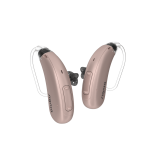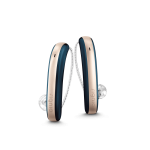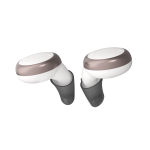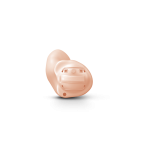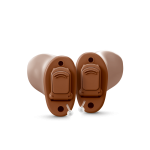How Do Hearing Aids Address Issues Related to Earwax Buildup?
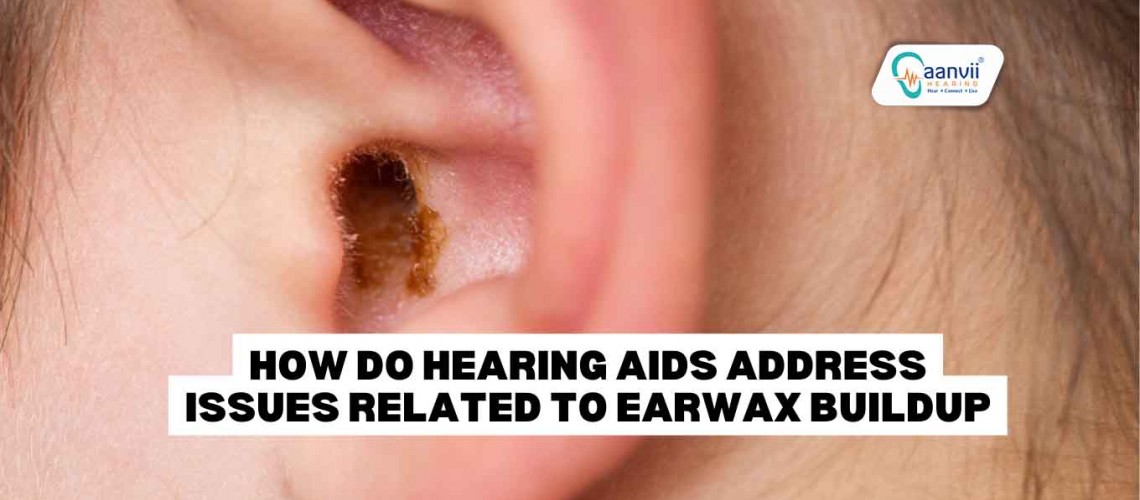
How Do Hearing Aids Address Issues Related to Earwax Buildup?
While hearing aids play a transformative role in improving
auditory experiences, they are not immune to challenges. One common obstacle
faced by hearing aid users is earwax buildup. In this blog, we'll explore the
impact of earwax on hearing aids and how modern technology addresses this
issue.
The Earwax Conundrum:
Earwax, or cerumen, is a natural substance produced by the
ear to protect and lubricate the ear canal. However, excessive earwax can
accumulate and pose challenges, especially for those relying on hearing aids.
The wax can obstruct sound pathways, resulting in reduced hearing aid
effectiveness.
Effects on Hearing Aid Performance:
Earwax buildup can have several adverse effects on hearing
aids:
Sound Blockage: Accumulated earwax can block the sound
pathway of the hearing aid, diminishing its ability to transmit clear and crisp
sounds to the wearer.
Feedback Issues: Earwax in or around the hearing aid can
lead to feedback problems, causing annoying whistling or buzzing sounds that
disrupt the listening experience.
Device Malfunctions: Earwax can find its way into the
intricate components of a hearing aid, potentially causing malfunctions or
damage.
Addressing Earwax Challenges:
Fortunately, hearing aid manufacturers have recognized the
impact of earwax and incorporated features to mitigate these challenges:
Wax Guards: Many modern hearing aids come equipped with wax
guards – small filters designed to trap earwax before it reaches the device's
sensitive components. Regular replacement of these guards ensures optimal
performance.
Hydrophobic Coatings: Some hearing aids feature hydrophobic
coatings that repel moisture, including earwax. This helps in preventing wax
from adhering to the hearing aid's surfaces.
Easy Cleaning Options: Hearing aids are designed with
user-friendly cleaning options. Simple tools and instructions are provided to
assist wearers in keeping their devices free from earwax buildup.
Ventilation Systems: Improved ventilation systems in hearing
aids help minimize the risk of wax accumulation by allowing for better air
circulation within the device.
Regular Maintenance: Hearing aid wearers are encouraged to follow a regular maintenance routine, including cleaning and checking for wax accumulation. Professional cleaning by an audiologist may also be recommended periodically.
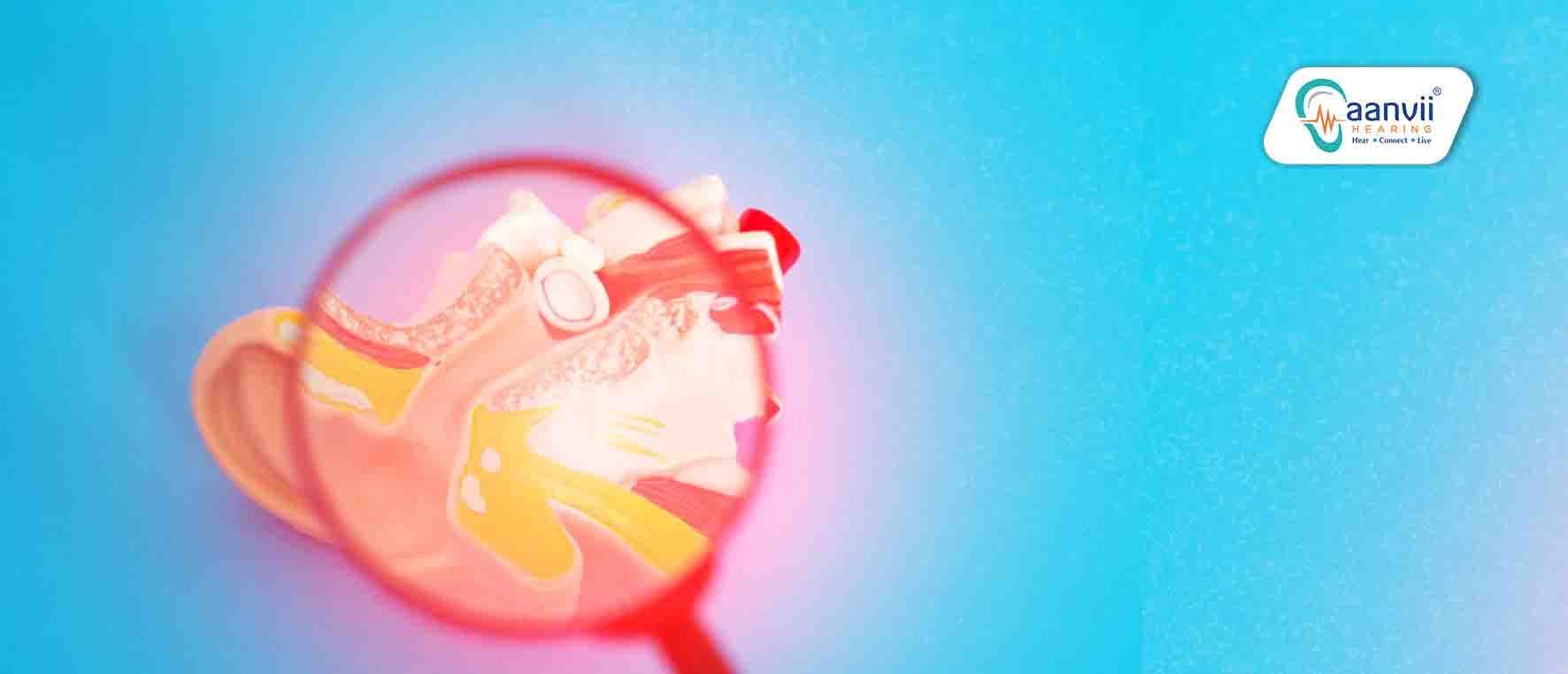
Tips for Hearing Aid Users:
To ensure optimal performance and address earwax-related challenges, hearing aid users can adopt the following practices:
Regular Check-ups: Schedule regular check-ups with an audiologist who can assess the condition of your hearing aids and provide professional cleaning.
Self-Maintenance: Follow the manufacturer's guidelines for self-maintenance, including proper cleaning and changing of wax guards.
Ear Hygiene: Maintain good ear hygiene by avoiding the use of cotton swabs, which can push wax deeper into the ear canal. Instead, clean the outer ear with a soft cloth.
Seek Professional Help: If you experience persistent hearing issues or suspect earwax buildup, seek professional assistance promptly. An audiologist can safely remove excess earwax and assess your hearing aid's condition.
Click and watch How Do Hearing Aids Address Issues Related to Earwax Buildup?
While earwax buildup poses a challenge for hearing aid users, advancements in technology and proactive maintenance practices empower individuals to overcome these hurdles. By understanding the impact of earwax and implementing effective strategies, hearing aid wearers can ensure a clear and uninterrupted auditory experience, enhancing their overall quality of life. For any query or concerns please Call us on 96 5839 5839, our customer support team will assist you further or Mail us at customercare@aanviihearing.com.

